Tachycardia must make you doubt an ACS or STEMI diagnosis; put it all in clinical context
Dr. Smith's ECG Blog
OCTOBER 26, 2010
One very useful adjunct is ultrasound: Echo of his heart can distinguish aneurysm from acute MI by presence of diastolic dyskinesis, but it cannot distinguish demand ischemia from ACS. Furthermore, notice the well-formed Q-waves in inferior leads. These must raise suspicion of old MI with persistent ST elevation.

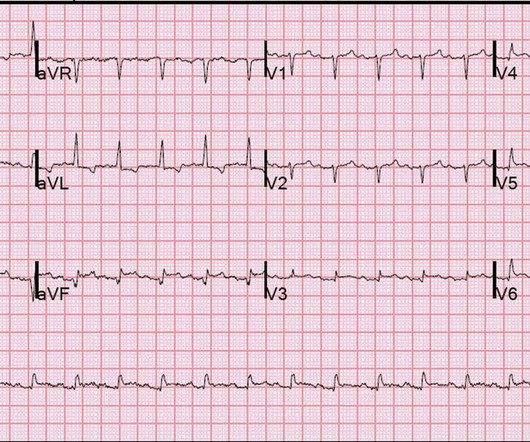
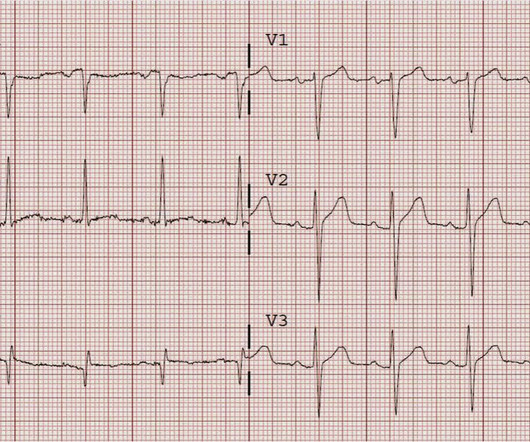
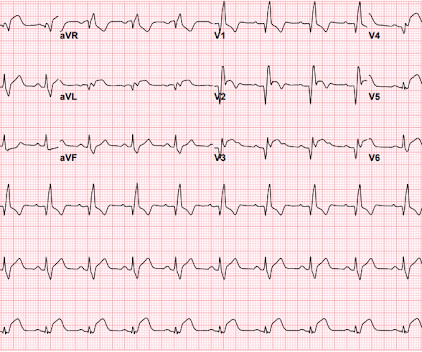

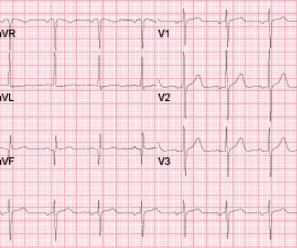

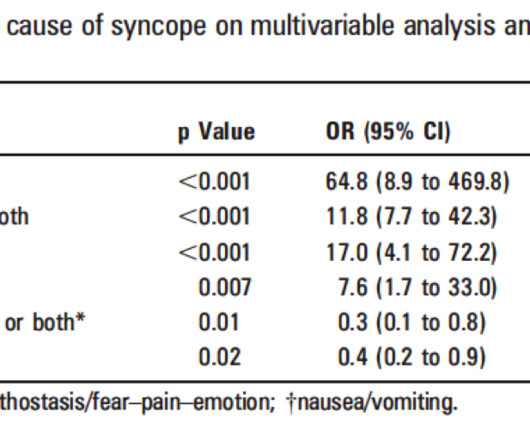






Let's personalize your content